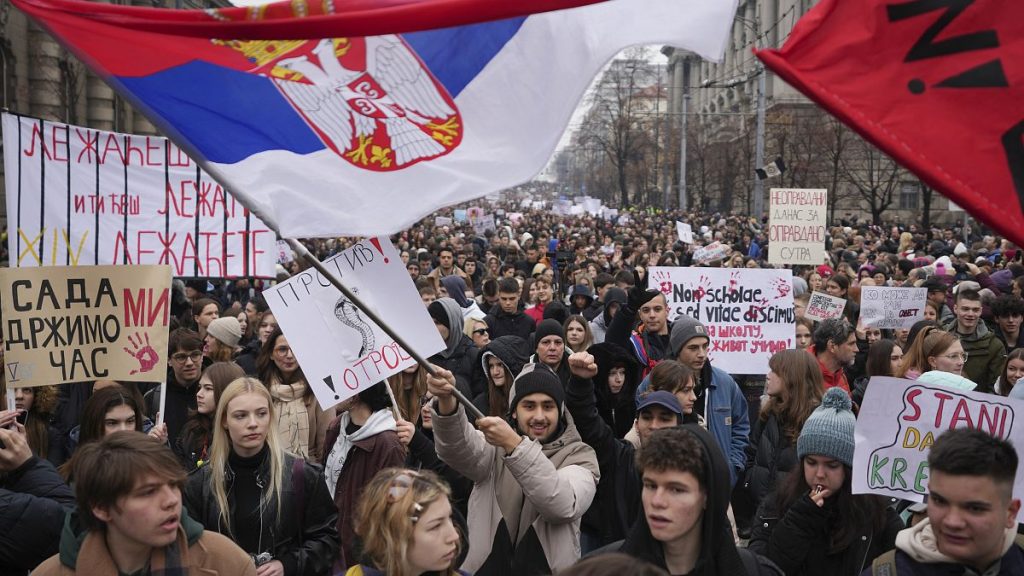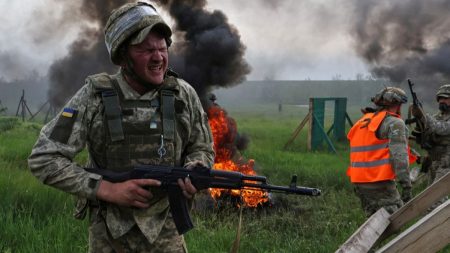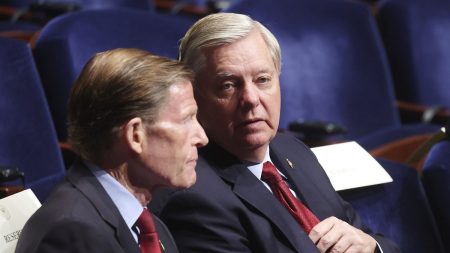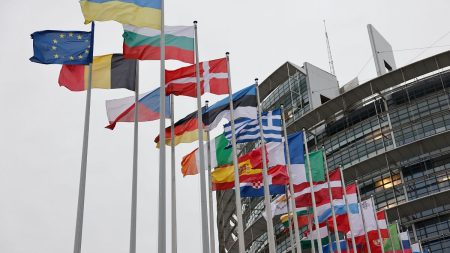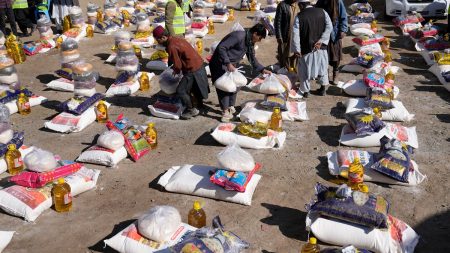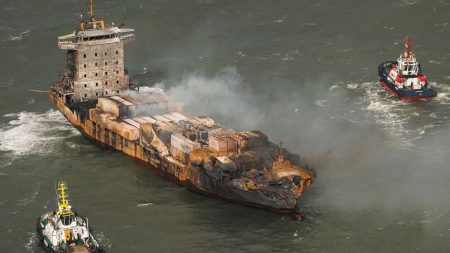The political landscape of Serbia has been roiled by weeks of escalating protests and counter-protests, sparked by a tragic railway station accident in November and fueled by deeper concerns about government accountability, corruption, and democratic freedoms. The collapse of a concrete canopy at the Novi Sad railway station, which claimed the lives of 15 people, has become a focal point for public anger, with many blaming shoddy construction and government negligence for the disaster. This incident has ignited the largest wave of protests since President Aleksandar Vučić ascended to power over a decade ago, underscoring growing public discontent with his administration.
The protests have taken various forms, including daily traffic blockades across Serbia timed to coincide with the moment of the canopy collapse, student-led strikes that have shuttered businesses and impacted universities, and large-scale demonstrations in major cities like Belgrade, Novi Sad, and Nis. Adding another layer of complexity to the situation, a concerning trend of violence has emerged, with drivers twice plowing into crowds of protesters in Belgrade, injuring several individuals. These incidents have heightened tensions and raised concerns about the safety of demonstrators. Simultaneously, President Vučić has held large rallies in his strongholds, portraying the protests as a coordinated attack on Serbia orchestrated by foreign influences, a narrative that echoes his long-standing skepticism towards Western powers and his embrace of closer ties with Russia and China.
President Vučić’s response to the protests has been multifaceted. While he has called for dialogue with the protesting students, he has also framed the demonstrations as a foreign-backed attempt to destabilize the country, capitalizing on Serbia’s refusal to impose sanctions on Russia for its invasion of Ukraine. This rhetoric resonates with his supporter base and seeks to deflect criticism of his government. Furthermore, Vučić has announced the formation of a new political movement, modeled on Putin’s United Russia, signaling his intent to further consolidate his power and maintain the dominance of his Serbian Progressive Party. This move has been interpreted by some as an attempt to counter the growing opposition and reinforce his grip on the political landscape.
The student-led protests have gained significant traction, capturing widespread public support and posing a serious challenge to Vučić’s authority. Their demands focus on accountability for the Novi Sad tragedy, including thorough investigations and appropriate legal action against those responsible. They have also voiced broader concerns about the erosion of democratic freedoms and the increasing authoritarianism of Vučić’s government. The students have rejected direct negotiations with Vučić, demanding instead concrete actions to address their grievances. This refusal to engage directly with the president reflects a deep mistrust of his intentions and a desire for genuine systemic change.
While prosecutors have filed charges against 13 individuals in connection with the canopy collapse, including a government minister and several state officials, skepticism remains regarding the independence and thoroughness of the investigation. The release from detention of former construction minister Goran Vesić has further fueled these doubts, raising questions about the government’s commitment to holding those responsible accountable. The involvement of Chinese state companies in the renovation of the Novi Sad railway station adds another layer of complexity to the situation, with potential implications for Serbia’s relations with China.
The ongoing protests in Serbia represent a critical juncture in the country’s political trajectory. The tragic accident in Novi Sad has served as a catalyst, bringing to the surface long-simmering public discontent with government corruption, lack of accountability, and perceived erosion of democratic freedoms. The student-led movement, coupled with broader public support for the protests, poses a significant challenge to President Vučić’s authority. His response, marked by a combination of calls for dialogue and accusations of foreign interference, reflects the complexities of the situation and the precarious balance of power in Serbia. The future of the country hinges on how the government addresses the protesters’ demands and whether it chooses to engage in meaningful reforms or further entrench its authority.




